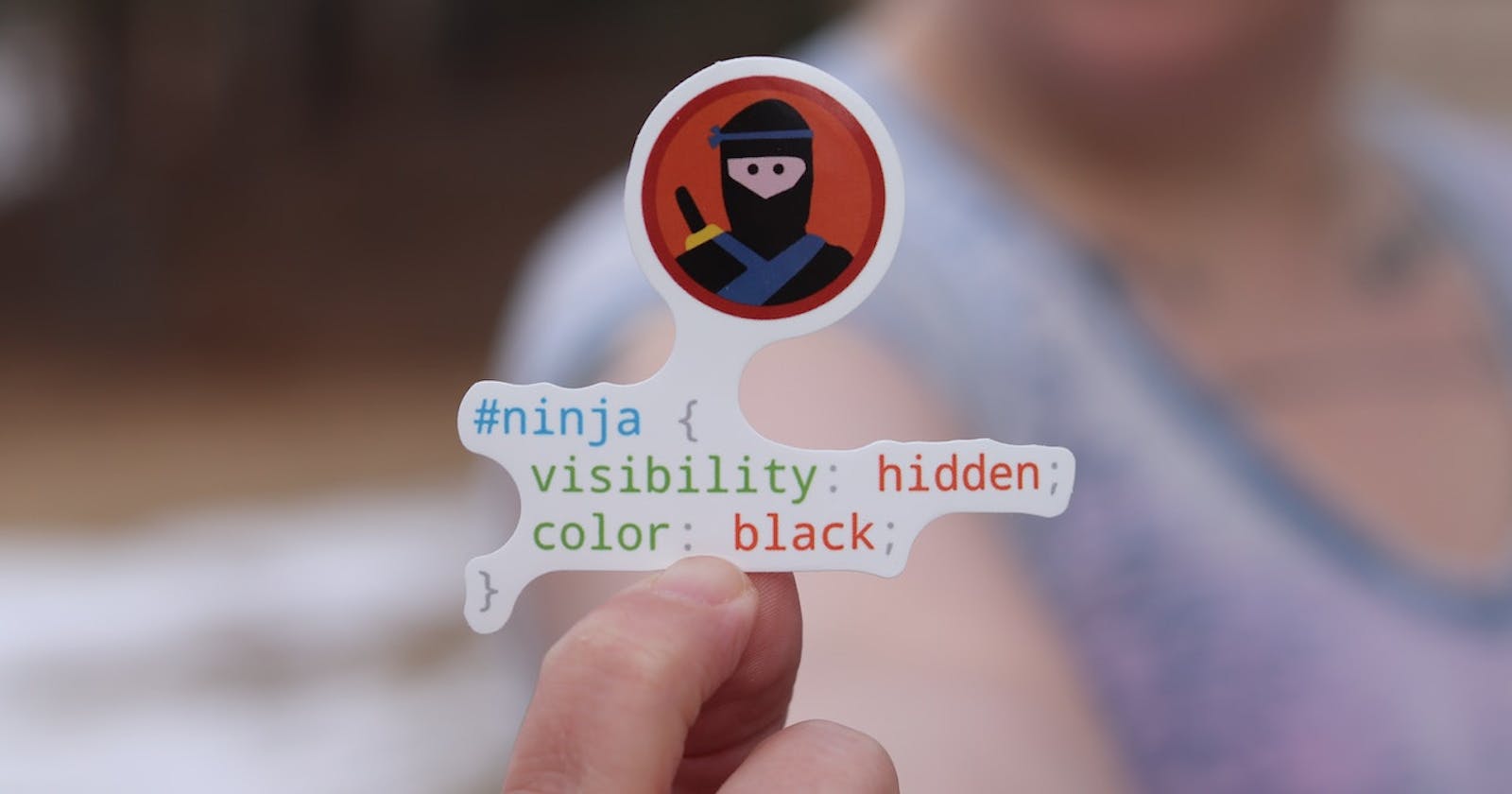CSS, or Cascading Style Sheets, is a crucial language for web designers and developers. It's responsible for giving your website its visual design and layout. If you're new to web design, it can be overwhelming to navigate all the different languages and tools available. Don't worry, we've all been there. This beginner's guide will cover the basics of CSS and provide practical examples to help you get started.
First, let's define what CSS is and how it works. Essentially, it's a style sheet language that's used to describe the presentation of a document written in a markup language, such as HTML. It tells the browser how to display the elements on your website, including font size, color, spacing, and layout.
To understand how CSS works, it's essential to grasp its syntax. The basic syntax of CSS is as follows:
selector {
property: value;
}
In this syntax, the "selector" is the HTML element that you want to style. The "property" is the styling attribute you want to change, and the "value" is the new value for the property. For example, the following code will change the text color of all <p> elements to blue:
p {
color: blue;
}
Another example:
#myid {
background-color: yellow;
}
.myclass {
font-size: 20px;
}
This code changes the background color of an element with the id of "myid" to yellow and sets the font size of all elements with the class "myclass" to 20 pixels.
You can also chain multiple selectors together to apply the same styles to multiple elements. For example, the following code will center the text in all <h1>, <h2>, and <h3> elements:
h1, h2, h3 { text-align: center; }
One of the most basic things you can do with CSS is change the color of text on your website. To do this, you'll need to select the element you want to change and then apply a color property to it. For example, if you want to change the color of all headings on your website to blue, you would use the following code:
h1 {
color: blue;
}
Layout is another important aspect of web design. CSS allows you to control the layout of your website by using margins, padding, and positioning. For example, the following code gives all images on your website a 10px margin:
img {
margin: 10px;
}
CSS also allows you to control the positioning of elements on your website. For example, the following code positions an image in the center of a webpage:
img {
position: absolute;
top: 50%;
left: 50%;
transform: translate(-50%, -50%);
}
These are just a few of the basic things you can do with CSS. As you continue to learn and grow as a web designer, you'll discover even more ways to use it to create beautiful and functional websites.
I hope this beginner's guide has given you a good introduction to CSS and helped you understand how it can be used to create visually appealing and well-organized web pages.
Happy designing!
